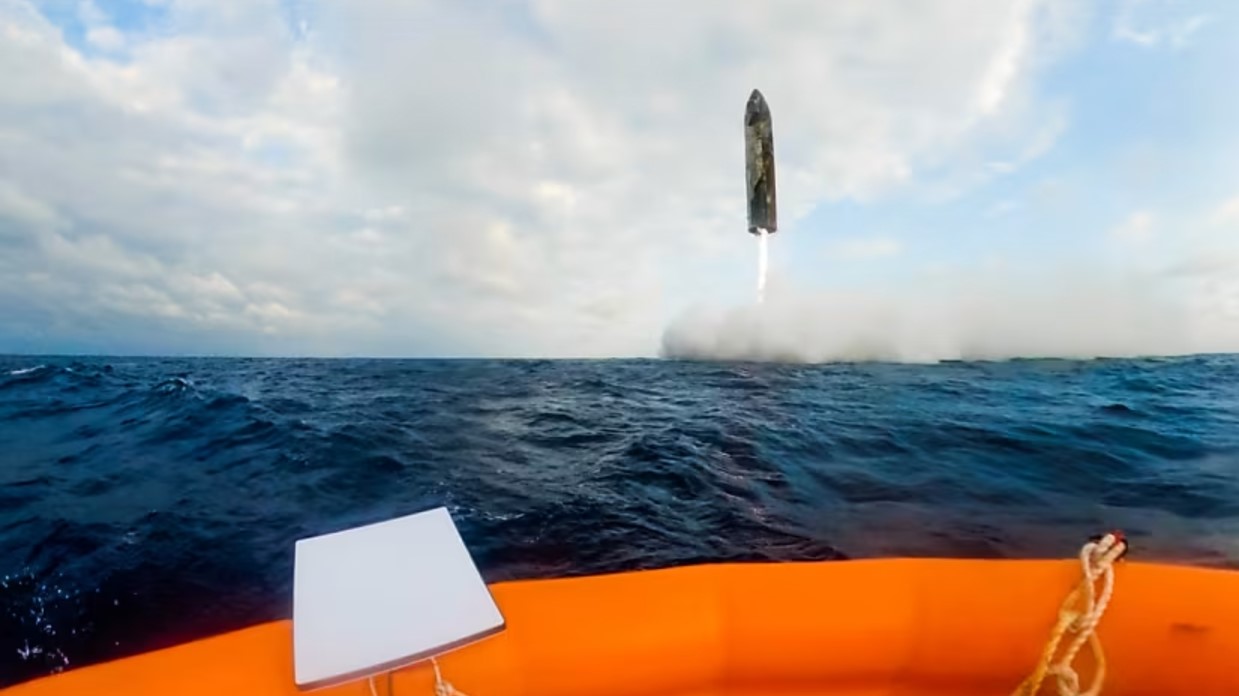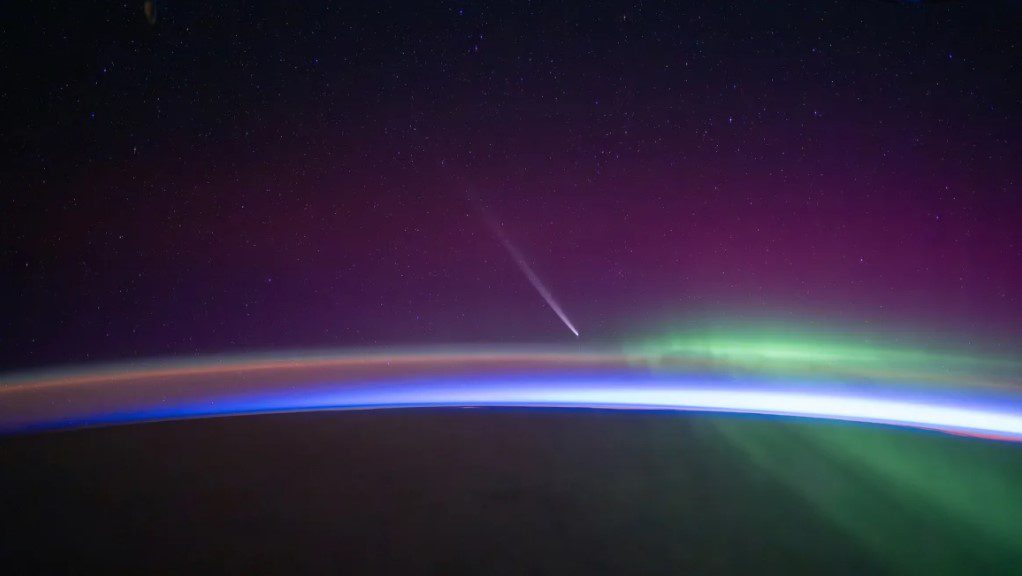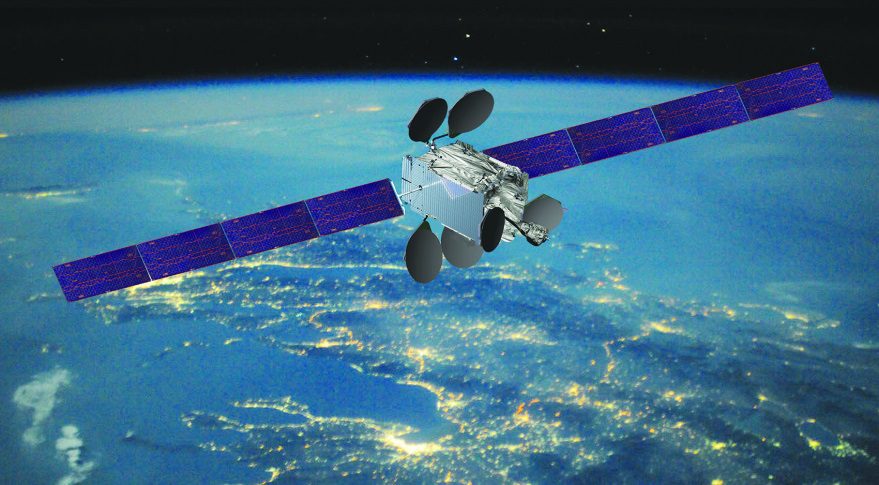On 15 November 2016, the deadline passed for “additional applications” to the FCC (Federal Communications Commission) for the use of multiple frequencies over the US by new Non-Geostationary Satellite Orbit (NGSO) satellite networks. These applications hope to join the likes of Iridium, Globalstar and the more recent O3b NGSO networks in operation.
OneWeb’s headline-grabbing application, in July, for its 720-satellite low Earth orbit (LEO) constellation apparently stimulated 11 other companies to follow suit. Most prominent is the SpaceX LEO constellation proposal, which plans to operate more than 4,000 mini-satellites. Other submissions include those from Boeing, Audacy Corp, Karousel, Space Norway, Kepler Communications and Theia Holdings. Meanwhile, GEO satellite operators Telesat and Viasat are hoping their more realistic applications will succeed as they attempt to move into other orbits.
Additional plans submitted were a follow-on plan from O3b involving its already operating medium Earth orbit (MEO) constellation, plus there is an imaginative B2B constellation plan from newcomer LeoSat.
The following is a run-down of the most significant players planning to enter the market:
SpaceX plans army of satellites to provide global low-latency internet services without orbital debris
SpaceX’s audacious application details proposals for an LEO constellation made up of 4,425 mini-satellites, which will be operated in different near-circular orbits at altitudes ranging from 1,110 km to 1,325 km and inclinations from 53 to 81 degrees. The orbital architecture is designed to provide continuous global internet coverage. The constellation is planned to operate in both Ka- and Ku-bands, and will employ optical technology for inter-satellite links.
The initial deployment of 1,600 spacecraft will be placed into orbit at 1,150 km and inclined at 53 degrees. They will be oriented into 32 planes, each occupied by 50 units.
SpaceX’s FCC filing states that the predicted mass of the spacecraft will be 386 kg, with each having an operational life of 5-7 years. Critics point out that this poses issues regarding re-population of the constellation and orbital overcrowding, with the concomitant danger of collisions and debris release. To counter this, SpaceX has offered an aggressive post-mission disposal plan, which will see retired spacecraft disposed of through atmospheric re-entry within one year of their mission completion. Deployment of the constellation is expected to begin in 2019 and be completed by 2025.
Telesat offers small polar constellation to fulfil US and Canadian Government needs
The Canada-based satellite operator, Telesat, has proposed a more modest LEO network of 117 spacecraft, operating in two unique orbits. It will provide Ka-band-based satellite broadband to the entirety of North America. The constellation will consist of 72 satellites located in five planes, operating in a polar orbit at 1,000 km and inclined at 99.5 degrees. This core system will be complemented by a further 45 satellites, operating in five planes at an orbit of 1,248 km and inclined at 37.4 degrees.
The proposed network is intended to appeal to both US and Canadian Governments as a secure and reliable way to provide connectivity right across their countries. However, as Telesat points out in its application, these selling points are just as valid for potential commercial customers.
To tackle the issue of orbital debris, Telesat provides a plan for safe disposal of the LEO satellites. The spacecraft will initially enter a graveyard orbit of more than 1,000 x 550 km. Once there, they will first be made inert. Then they will slowly enter a decaying lower orbit, from which they will re-enter the Earth’s atmosphere within 25 years.
Viasat proposes MEO constellation to augment Viasat-3 GEO satellites
The planned Viasat network will be positioned in MEO and consist of 24 spacecraft. The satellites will be in roughly circular orbit at an altitude of 8,200 km and inclined at 87 degrees. According to Viasat, this is enough to prevent any interference with the already present O3b network in an equatorial MEO at an altitude of circa 8,000 km.
Viasat’s network will primarily operate in Ka-band, but the company is also requesting access to parts of the V-band. This part of the radio frequency spectrum is used by military and scientific organisations and will require an additional waiver from the FCC, as well as coordination with military and civil organisations that are already there.
The MEO network will provide interconnectivity to Viasat’s current and future GEO communications satellites. It will enable a “hybrid” product combining the high throughput of the GEO units with the low latency of the MEO spacecraft.
The spacecraft are to be designed with a 20-year lifespan. Post-mission Viasat intends to raise them to a graveyard orbit of 8,500 km.
O3b requests one fleet modification and two new networks
The initial request from O3b is a modification to its in-orbit 12-satellite MEO network. Eight new spacecraft, being built by Thales Alenia Space, are expected to be launched in late 2017 and early 2018. O3b argues that this is a simple modification to its existing system, albeit with an amendment to allow increased bandwidth for the second block of four spacecraft.
O3b’s secondary proposal is for a new constellation, called O3bN, which will have 24 O3bN satellites placed into the same MEO orbit as the present O3b network. These new spacecraft will, however, represent a second generation of O3b satellites and so form a separate entity to their predecessors.
This will be supplemented by an O3bI constellation consisting of 16 satellites in two planes inclined at 70 degrees. This network is intended to augment the coverage provided by the equatorial MEO network, with global Ka-band coverage between latitudes 63 North and 63 South. This will not provide a global “blanket” but will instead utilise the inclined spacecraft to focus on specific customer needs.
LeoSat wants to establish a LEO B2B network
Newcomer LeoSat has a plan involving an LEO constellation of satellites at 1,400 km in a polar orbit. This would consist of six planes of 13 satellites. The initial deployment of 78 satellites could later be increased to 108 satellites (18 per plane) if demand warrants it. The network will operate in the Ka-band.
The business model is for a high-throughput, low-latency service for civil and commercial enterprises. The LeoSat fleet will utilise the Thales Alenia Space Elitebus platform, which has already been used by O3b and Iridium. The constellation is registered with the International Telecommunications Union (ITU) through France and, therefore, must obey that country’s licensing regulations on in-orbit operations and debris mitigation.
Runners and riders are set but which will actually happen?
It is unknown how many of these proposed fleets will be approved by the FCC, let alone gain the financing to make it into orbit. The entrants must overcome many hurdles. Current non-GEO inhabitants Iridium Communications, Globalstar, O3b and Orbcomm know just how hard it is to get a large constellation off the ground.
Financing must be courted and secured, and insurance contracts negotiated as finance often comes with insurance stipulations. Spacecraft production must also be arranged with a quality manufacturer, although a few may be able to do it “in-house”.
Launches will need to be booked which, depending on constellation size and company nationality, can prove challenging. And finally, they will need a bit of luck to make it into orbit.
As a prime example, Iridium currently finds itself still waiting for its second-generation Iridium-NEXT spacecraft to begin arriving in LEO. The initial Iridium-NEXT launch was due to take place in April with two spacecraft launched by a Russian Dnepr. However, due to an effective cancellation of the Dnepr programme by the Russian Government, this shakedown flight has not yet occurred.
The company subsequently waited for the inaugural SpaceX Falcon 9 launch to carry 10 of its Iridium-NEXT spacecraft to orbit in September. However, yet again unforeseen circumstances (the Falcon 9 on-pad failure) have caused this to be delayed, likely until first quarter of 2017 at the earliest.
Launch provider SpaceX is currently awaiting the conclusion of the accident investigation, but hopes to fly the Falcon 9 again in December.
Comment by Matthew Wilson: When it comes to future large-scale constellations, Seradata’s policy is to regard “plans” with caution. That is, until a degree of certainty is achieved. As such we do not enter a full constellation into the Seradata SpaceTrak database until we are sure that it is going to happen. A good indicator that a constellation will, in fact, appear is a construction agreement with a manufacturer.
David Todd contributed to the above article.







